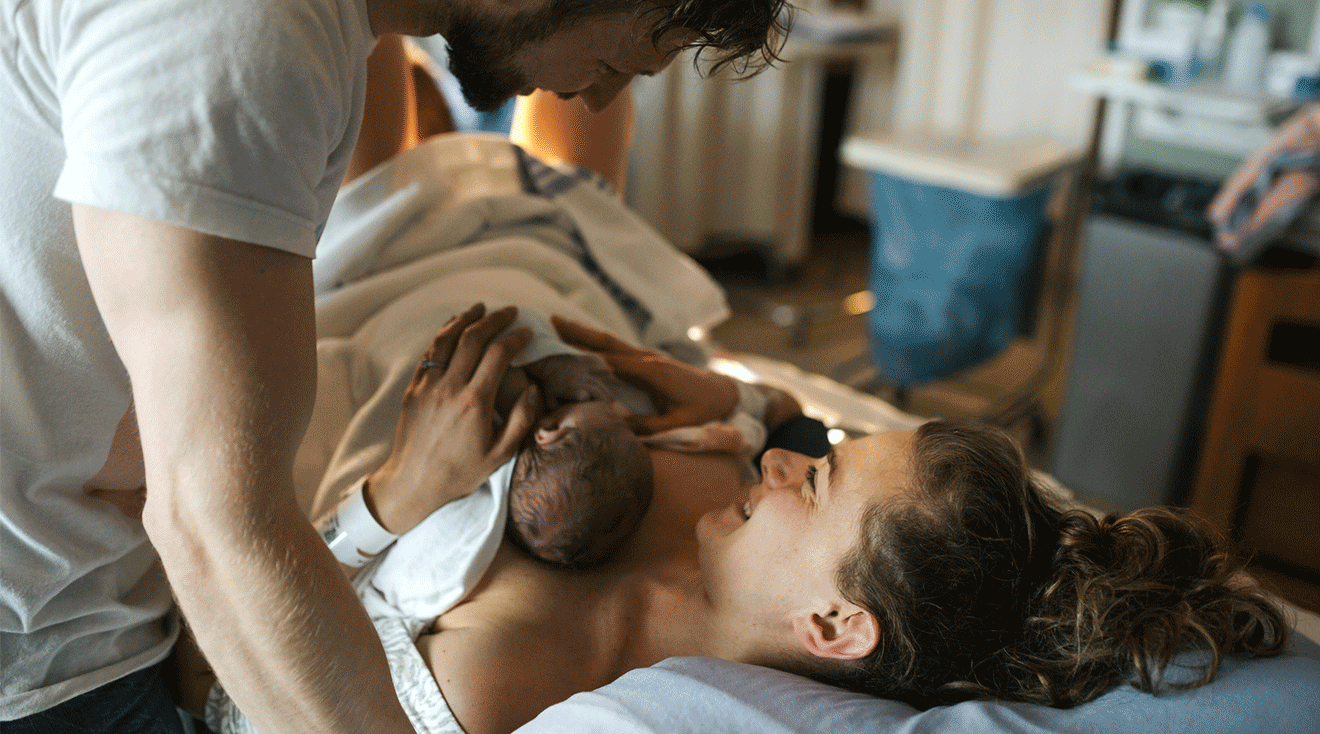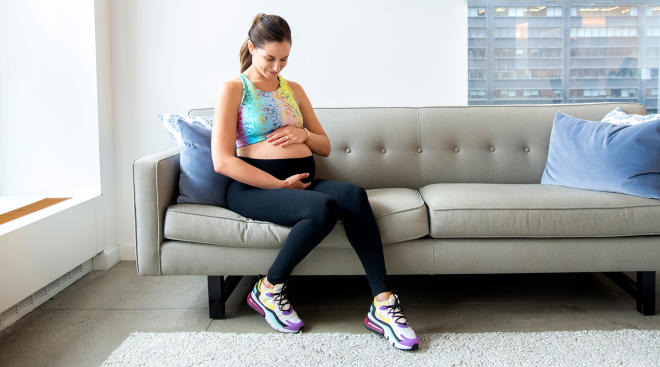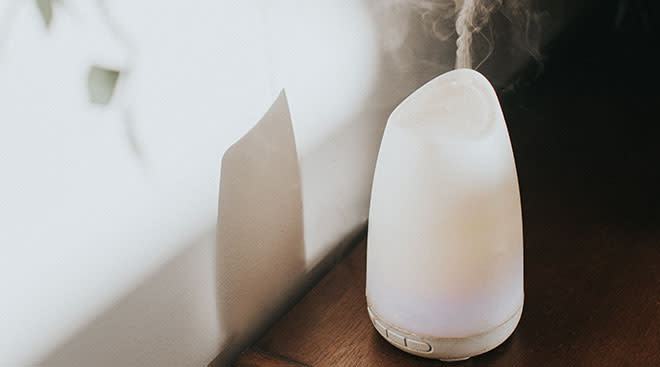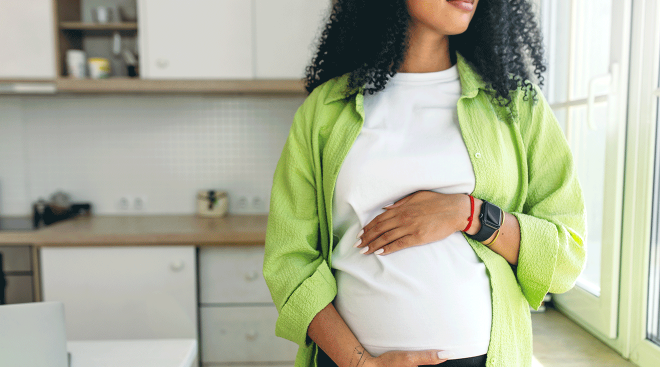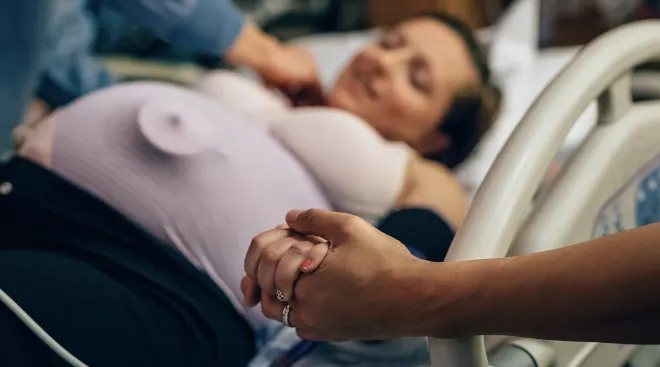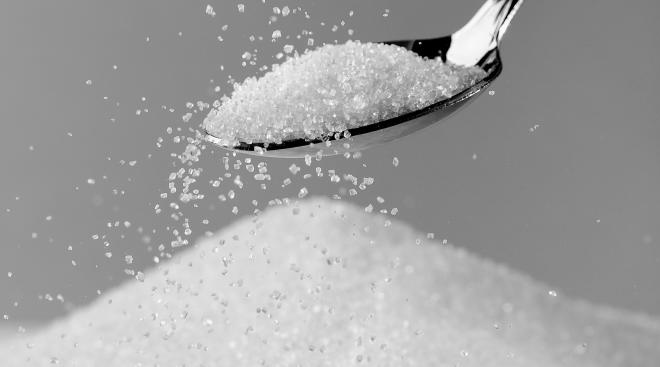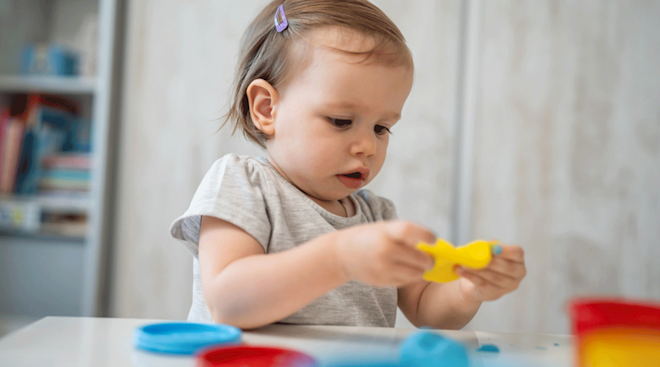4 Must-Know Strategies for an Easier Labor and Delivery
Bringing a new life into the world takes a lot of work, both physically and mentally. While there’s no getting around that, a little preparation—from having a birthing discussion with your doctor to exercising during your pregnancy—can make a big difference. Read on for tips on how to make labor and delivery easier.
You’ve probably heard about the importance of having a birth plan—but at the end of the day, labor and delivery can’t really be controlled, much less “planned” for. Having a birthing discussion or listing your birth preferences may be a better way to think about it.
“I recommend women write down the basics—a communication between themselves, their doctors, labor and delivery nurses, and staff,” says Sara Twogood, MD, an ob-gyn at the University of Southern California in Los Angeles. For instance, discuss who you’d like to be with you in the delivery room (family member, partner, doula). Whatever you decide, make sure the people you invite can be counted on to make you feel better—and that your hospital actually allows that many people to be in your room.
Other topics to discuss may include your expectations in terms of immediate skin-to-skin contact after delivery, your desire to avoid a c-section and episiotomy unless absolutely necessary, your preference for delayed cord clamping, your choices for pain management and what happens to your newborn immediately after delivery.
Once you’ve written down your wishes, discuss them with your doctor well before your due date so there are no surprises. “There are often medical indications for certain care, and I find discussing it with the patient helps clarify some of the items they may not fully understand when they write it down,” Twogood says. For example, if you were really hoping to videotape the birth, it may not be possible because many hospitals don’t allow it without prior written authorization due to medical and legal issues. Knowing this ahead of time can save a lot of unnecessary stress.
Some women also take Lamaze or another childbirth class, where they learn what to expect during labor and delivery and how to effectively manage pain. “Childbirth education classes inform you of what your choices are during childbirth,” Lindsey Bliss, a birth doula and co-director of Carriage House Birth in Brooklyn, New York, says. “Understanding the childbearing process can also help to alleviate anxiety and fear.”
Besides medical topics, have logistics pinned down. Take a hospital tour and know where you need to go when the big day arrives. Since you can’t plan exactly when you’ll go into labor, you should discuss with your partner things like how you’ll get to the hospital if you happen to be alone.
Women need stamina and strength to get through labor and delivery. Fortunately, starting an exercise regimen can help. In fact, the American College of Obstetricians and Gynecologists (ACOG) recommends that moms-to-be get at least 150 minutes of moderate exercise in each week. Regular workouts can also decrease excessive swelling and weight gain during pregnancy, Twogood says.
So what exercises are fair game? Prenatal yoga, swimming, Pilates and, yes, even cardio can all be great pregnancy workouts. Ignore the old advice to never raise your heart rate above 140 beats per minute—experts now say there’s no need. Instead, just make sure you don’t exercise so vigorously that you’re out of breath or can’t finish a sentence.
Ask your doctor whether you have the green light to exercise and what types of workouts might be best for you. Some parents-to-be may be told to avoid exercise due to a condition or complication, and if that’s the case, you should of course follow medical advice.
Talk to your OB or midwife about how long you should stay home during the beginning stages of labor and when you should go to the hospital. You’ll probably spend much of the first part of labor in your house, and it’s important to relax as much as you can while you’re there. “You don’t want to arrive at the hospital exhausted,” says Elizabeth Stein, CNM, a certified nurse-midwife in Naples, Florida. Ask your partner for a gentle back massage. Have some light snacks and drink plenty of water—you’ll need your energy, and you may not be able to eat once you’re in the hospital.
Once contractions intensify and you’re at the hospital, your focus is typically on pain management and delivery. Because you’ve had a birth discussion, you know what your options are. In general, being mobile can help with pain, Twogood says. This can include: standing (instead of sitting or lying down), swaying your hips, walking, using a birthing ball (to sit on while moving your hips back and forth or in a circular motion), taking a shower or soaking in a tub (if your hospital has one available).
If you’re lying in bed, adjust it to the most comfortable position; using a peanut ball may help as well, Twogood adds. Some women also find comfort in music and aromatherapy. Do what works for you.
No matter how much you map things out and imagine how they’re going to go, they can change in an instant—and you need to be ready to change with them.
For example, some moms-to-be are adamant about having a natural birth, but are caught off guard if they find themselves wanting an epidural. It’s okay! “Labor is different for different women, and it can’t be controlled or planned by the patient or their doctor,” Twogood says.
Finally, trust the process. When it’s time to push, trust your OB or midwife to tell you when and how hard. Pushing too hard too soon could cause tearing and wear you out sooner.
Childbirth is undoubtedly hard, but know you’re not alone—and it’ll all be worth it once you have baby in your arms.
Please note: The Bump and the materials and information it contains are not intended to, and do not constitute, medical or other health advice or diagnosis and should not be used as such. You should always consult with a qualified physician or health professional about your specific circumstances.
Lindsey Bliss, is a birth doula with over a decade of experience and co-director of Carriage House Birth in Brooklyn, New York.
Elizabeth Stein, CNM, is a certified nurse-midwife in Naples, Florida. She earned her master's degree in nursing and public health from Columbia University.
Sara Twogood, MD, FACOG, is a board-certified ob-gyn in Los Angeles and co-founder of Female Health Education. She’s also the author of Ladypartsblog.com, which covers topics relating to fertility and pregnancy, and the founder of FemEd, a program designed to empower females through health education.
American College of Obstetricians and Gynecologists, Exercise During Pregnancy, March 2022
Learn how we ensure the accuracy of our content through our editorial and medical review process.
Navigate forward to interact with the calendar and select a date. Press the question mark key to get the keyboard shortcuts for changing dates.
































